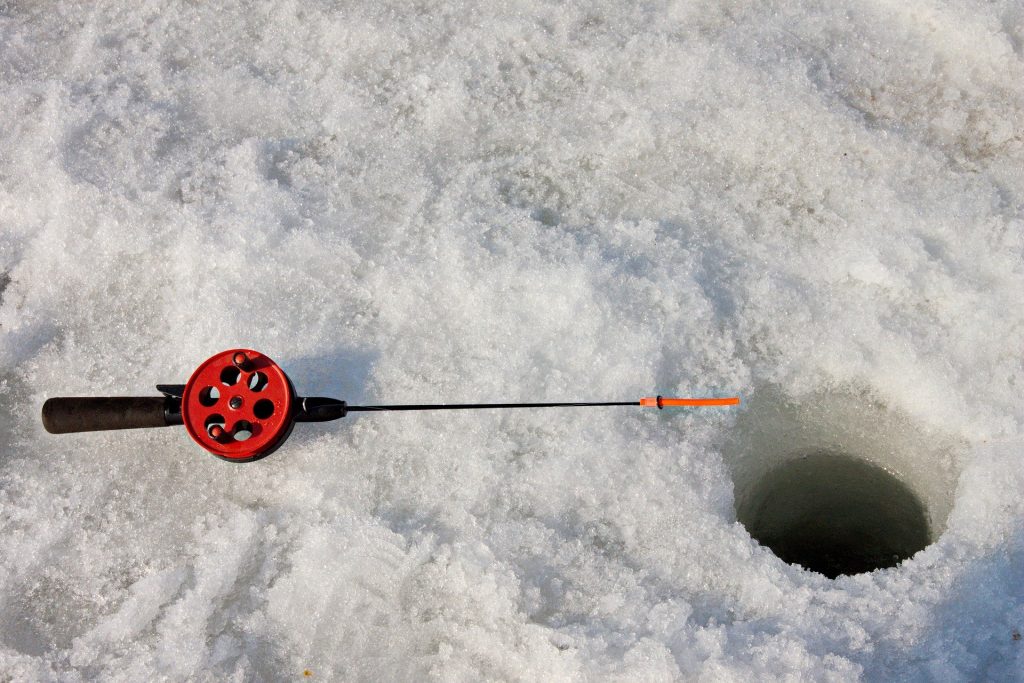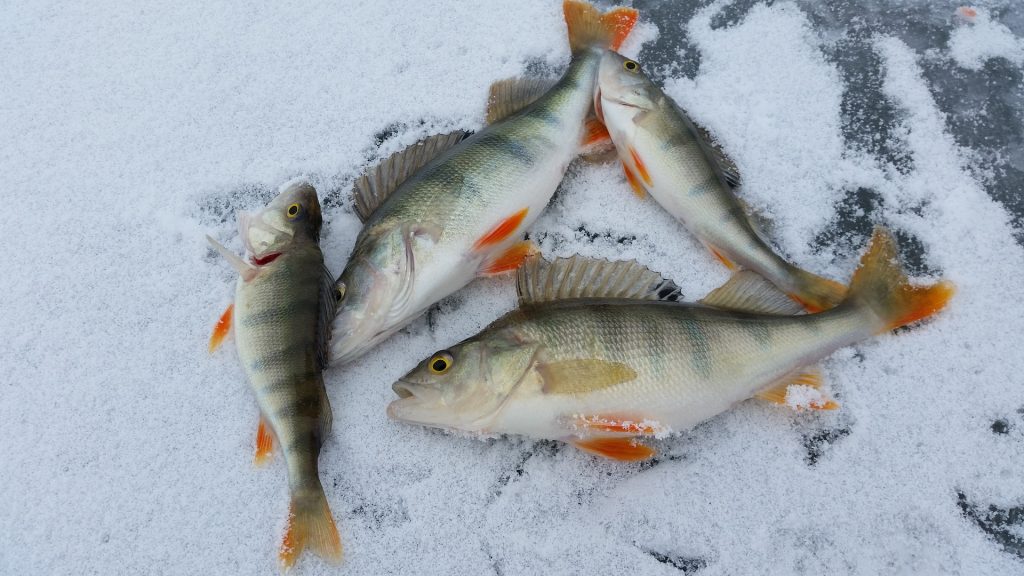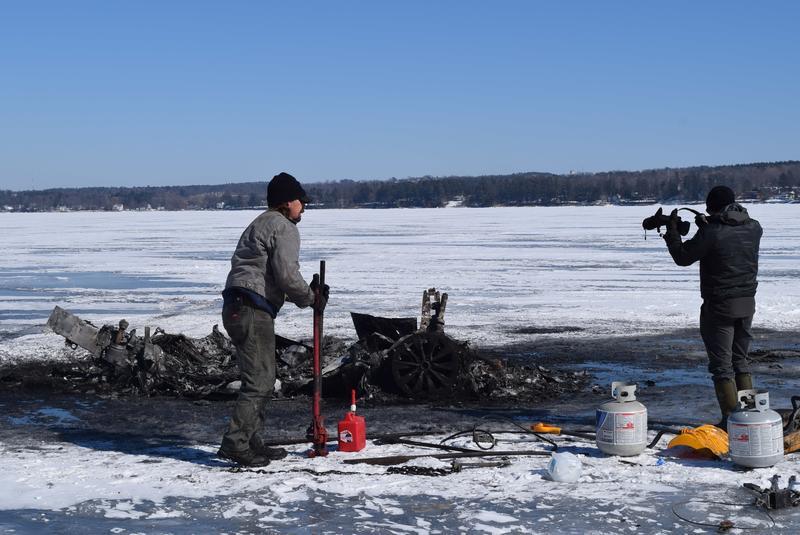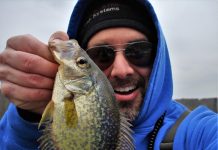Temperatures are dropping around the country, and as lakes and rivers freeze up, it’s the perfect time to go ice fishing. If you’ve never gone, here are some tips and tricks to help you get hooked on this fantastic winter sport.
Stay Warm on the Ice
It is called ice fishing, after all. You wouldn’t be able to do it on a frozen pond if the temperature was above freezing. Make sure you’re taking the proper precautions to stay warm on the ice. You’re going to be out in the open, which means there’s no protection from sharp winter winds. Fish shacks and tents can offer a welcome reprieve from the cold, but you’ll still need to have the right clothing and gear.
Layer up. That way, if you get warm as the day goes on, you can quickly shed a few layers while still staying protected. Nothing in the lake is worth frostbite, trust us!

Gather Your Gear
Next, you need to gather the gear you’re going to need. Don’t head out with your regular fishing rods — most ice-fishing rods are less than three feet in length, due to the cramped confines within fish shacks. You don’t need six to seven feet of rod for casting when you’re drilling a hole in the ice and dropping your bait and lure straight down. You’ll also need plenty of tackle, some live bait and an auger to drill a hole in the ice. You can use a hand crank one, which works well for a hole or two, but if you plan to set up several you might want something with a little more power.
You’ll also need something to sit on, and something like a hut or tent to protect you from the cold weather. If you’re going to drive out on the ice, check out the next couple of steps.
Check the Ice Depth
If you’re planning on heading out onto the ice, you need to make sure it is thick enough to support whatever you’re planning on bringing out onto it. Ice thickness varies, even on the same lake, so drill a couple of test holes before you start bringing your expensive vehicles out.
If the ice is less than two inches thick, stay off — it will crack and break, even under regular foot traffic. It needs to be at least four inches thick to support a person’s weight, and at least 12 inches to support large vehicles. If you’re going to drive your SUV or three-quarter-ton truck out onto the lake, the ice should be at least 21.5 inches thick to ensure you’re not going to leave your vehicle at the bottom of the lake.

Driving on the Ice
While you can park at the edge of the lake and walk to your ice fishing spot, you might feel chilled to the bone by the time you get there, or worn out from hauling all your gear. On large lakes, you may even find yourself walking a mile or more, and who wants to do that when they’re getting ready for a day of ice fishing? If the ice is thick enough, you may be able to drive your vehicle right out onto the lake, but before you take that leap, you’ll want to ensure you have correctly weatherproofed it to protect it against cold weather, snow and ice.
While you can stuff duct tape in every opening, that tends to make your car look a bit haphazard. Instead, upgrade any worn-out weatherstripping to protect your vehicle’s interior from the harsh environment without relying on duct tape. While it fixes just about everything, it can look amateurish while you’re out on the ice.
Drive slow, and don’t do anything crazy. Watch out for other people’s equipment, and even frozen poles from boat docks. This Tesla driver near me found out about that the hard way and had his car burn to a crisp after blowing up the battery.

Get Hooked!
It’s getting cold in most of the country, so be on the lookout for ice fishermen on your local lakes. Watching experienced anglers can help you figure out when it’s safe to start fishing. Get hooked on this icy sport this winter.
Looking for a new ice fishing spot? Checkout fishing spots near you at Fishidy.com



